The story of Houghton’s unusual, hidden Hillside Cemetery and those buried there
and live on Freeview channel 276
Sunderland is blessed with some wonderful peaceful cemeteries, but perhaps the most interesting - and certainly the most unique - is the Hillside Cemetery in Houghton.
Houghtonians are familiar with and justifiably proud of the place but to most it is completely unknown - even if it does contain 7,000 bodies.
The peculiar layout of the cemetery
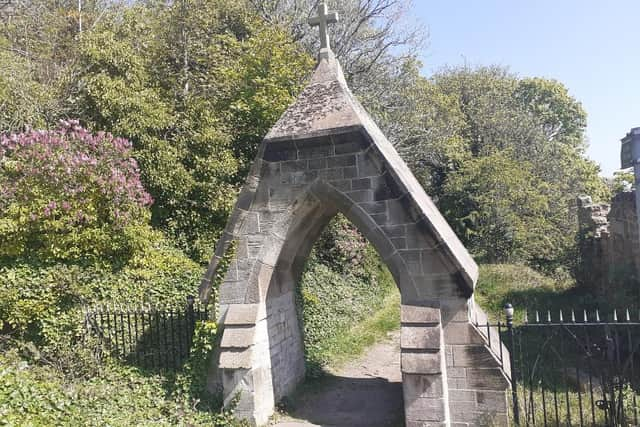

Advertisement
Hide AdAdvertisement
Hide AdMost of you will have driven past it on the A690, perhaps hundreds of times, and glanced at its stone lychgate entrance.
Beyond the gate there are a few metres of dense woods before a large, green clearing at the foot of an imposing limestone cliff.
The gravestones in this area are all from the 19th century and the ones that are still visible, are spaced well apart.
Most are severely eroded, some have lost a long battle with gravity and sunk into the earth, others have been vandalised.
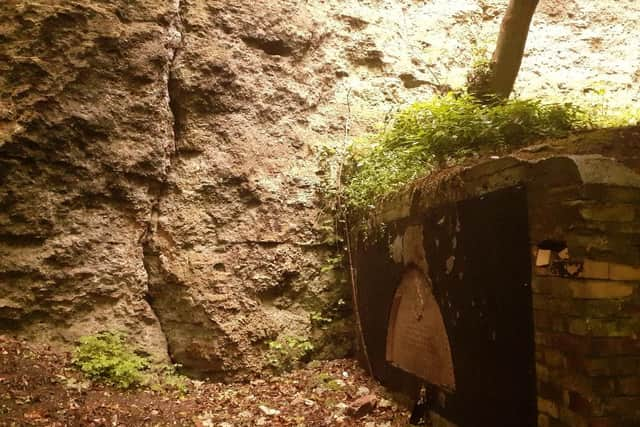

Advertisement
Hide AdAdvertisement
Hide AdAt the head of the clearing is a memorial for all those who died at Houghton Colliery between 1823 and 1981, when the pits were closed.
In amongst a section of dense, sloping woods there are four war graves from World War One.
The whole cemetery looks quite haphazard, especially compared with Sunderland’s other, more orderly looking graveyards such as Bishopwearmouth, or the nearby Durham Road Cemetery, and graves looked to be placed where ever there was space.
It was all the idea of a Prime Minister’s nephew, but some were outraged
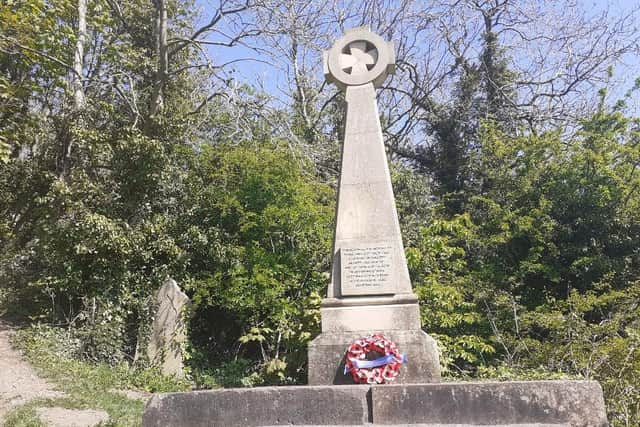

Advertisement
Hide AdAdvertisement
Hide AdThe unusual cemetery was actually the idea of a Prime Minister’s nephew in the 1850s.
Magnesium limestone, the creamy yellowy rock that forms the cliff face at the north side of the cemetery had been quarried there for centuries.
But the Houghton rector, the Reverend John Grey, whose uncle was Earl Grey (PM from 1830 to 1834), campaigned for part of the old quarry to be consecrated as a new graveyard.
Houghton’s existing graveyards were full after several waves of cholera in the 19th century and drastic measures were needed.
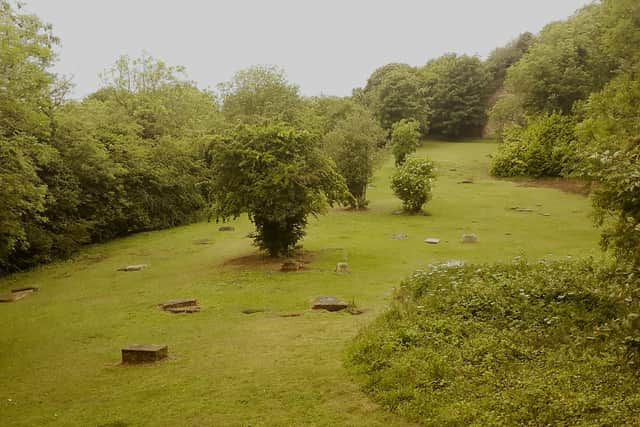

Advertisement
Hide AdAdvertisement
Hide AdNot everyone was in favour, not least local bigwig, brewery owner and cemetery objector Thomas William Usherwood Robinson, who fiercely denounced the idea claiming that no one would want to be buried in a quarry.
Grey gets his way
Nevertheless, Rev. Grey had influence and got his way with the help of Home Secretary and future Prime Minister, the great Lord Palmerston.
The cemetery was consecrated in September 1854 by, for some reason, the Bishop of Exeter.
But this was only after Thomas Robinson had called Rev. Grey a “‘double-dyed disgraceful and deceitful priest”.
Advertisement
Hide AdAdvertisement
Hide AdDespite their dispute it seems that Thomas Robinson and Rev. Grey made peace and when Thomas Robinson died at Hardwick Hall, his pile near Segefield in 1888, he was buried in the very cemetery to which he had so angrily disapproved 34 years earlier and the funeral was led by his former enemy Rev. Grey.
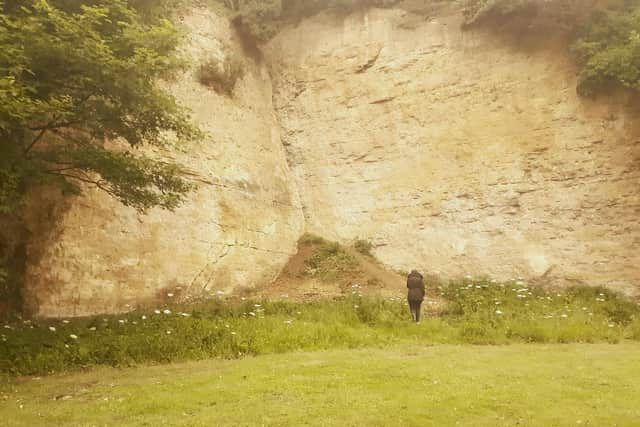

Who is buried at Houghton cemetery?
Other notable people interred there include the gloriously named William Standish Standish, a local landowner from Cocken Hall near Finchale. Legend has it that he rode his horse over the cliff to his death and was buried where he landed in 1856.
He is indeed buried at the foot of the cliff in a large tomb. But there is no evidence to support the horse story, or the accompanying tale of William’s ghost haunting the cemetery.
The biggest and most ostentatious tomb is that of Sir George Elliot, a pit worker made good who eventually became a colliery owner, wire rope manufacturer, Conservative MP, baronet and influential friend of Benjamin Disraeli.
Advertisement
Hide AdAdvertisement
Hide AdHe died in 1893, but only after altering the course of history by persuading Disraeli to buy shares for Britain in the Suez Canal.
Others buried there include Joseph Bland Pearon, an auctioneer who was decapitated in a train accident near South Hylton Station in 1897, famed mathematician of his day William Shanks who calculated pi to 207 places, Crimean war veteran George Wheatley and three murder victims including a two year-old girl.
Of course, the Reverend John Grey was buried there too, in 1895. The last burial was in 1971.
But not everyone could afford a headstone and 10% of burials at the cemetery were of residents of the workhouse.
Advertisement
Hide AdAdvertisement
Hide AdIn total over 7,000 people are buried there, although you can’t tell this just by looking at the 200 or so remaining headstones.